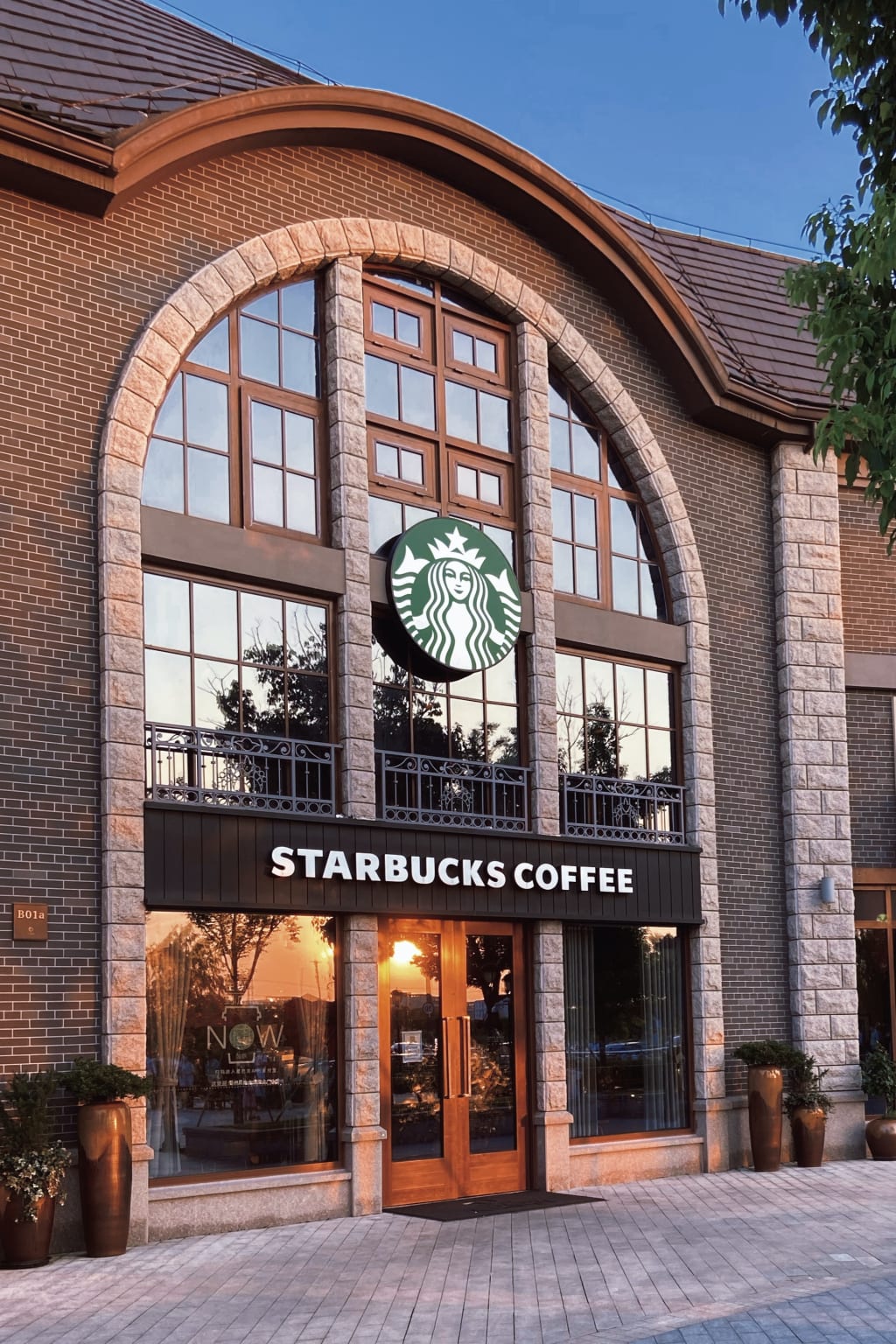"From Café to Global Icon: The Starbucks Success Story"
"Exploring Starbucks' Evolution, Tech Influence, and Coffee Culture Impact"

Starbucks, a household name for coffee enthusiasts, has come a long way since its humble beginnings in 1971 as a small café in downtown Seattle. Today, it stands as a global coffee giant, second only to McDonald's in market capitalization within the restaurant industry. This article delves into the remarkable journey of Starbucks, tracing its evolution from a local coffee shop to a worldwide phenomenon. We explore how Starbucks leveraged technology, embraced innovation, and crafted a unique brand identity to become a driving force in the coffee industry.
Expanding the Horizons:
The turning point for Starbucks came in 1987 when the company changed hands, transitioning from its original owners to Howard Schultz, who was then the marketing director. Schultz's vision extended beyond Seattle's city limits, and he set out to transform Starbucks into a brand known for more than just coffee. Starbucks began its journey toward becoming a global coffeehouse, introducing Americans to the espresso culture that was once foreign to them.
Starbucks' commitment to handcrafting each beverage according to order initially defined its coffeehouse culture. However, as the company grew, so did the complexity of its menu. Today, Starbucks boasts a staggering array of over 170,000 different drink variations, catering to diverse tastes and preferences. From the iconic Frappuccino to seasonal favorites like the Pumpkin Spice Latte, Starbucks continually innovates to keep its customers engaged and loyal.
The Role of Technology:
Starbucks' early investments in espresso paved the way for its transformation into a versatile coffeehouse, but its embrace of technology played an equally significant role in reshaping its dominance. In 2009, Starbucks pioneered the introduction of its mobile app, a forward-thinking move in the industry. This app became a digital flywheel, propelling Starbucks into the future.
In 2021, mobile orders accounted for nearly a quarter of all Starbucks transactions in the United States. The majority of these transactions were made through the Starbucks mobile app, utilizing virtual Starbucks gift cards. Today, 44% of all Starbucks transactions are completed with a Starbucks card, resulting in an astounding $2.4 billion in customer-uploaded funds, exceeding the deposits at many traditional banks.
Starbucks' unique ecosystem allows it to gather valuable customer data, giving the company insights that few others in the industry can match. This data-driven approach has allowed Starbucks to fine-tune its strategies and remain a pioneer in the world of mobile payments.
Adapting to Changing Preferences:
Starbucks has also adjusted to shifting consumer preferences. The company expanded beyond urban locations, spreading its footprint across the United States, including suburban areas, through the introduction of drive-thru stores. These alternate pickup options proved invaluable, especially during the pandemic, providing a lifeline for Starbucks and its customers.
Preserving Starbucks' Values:
Throughout its journey, Starbucks has remained committed to its core values. The company places a strong emphasis on creating connections between baristas and customers, even in the fast-paced drive-thru or mobile app ordering experiences. Starbucks meticulously designs its stores to provide a consistent and welcoming atmosphere, ensuring that the items, layout, and service all align with its brand identity.
Starbucks has long championed its internal culture, where employees are referred to as "partners." These partners receive shares in the company, known as Beanstalk, reinforcing the sense of ownership and camaraderie within the Starbucks community. However, recent efforts by some Starbucks employees to unionize in certain locations have sparked discussions about the evolving nature of this relationship.
Conclusion:
Starbucks, the world's largest coffee chain, has become synonymous with coffee culture worldwide. Its journey from a single café in Seattle to a global powerhouse is a testament to innovation, adaptability, and a commitment to core values. Starbucks continues to redefine the coffee industry through technological advances and an unwavering dedication to providing an exceptional customer experience.
While the challenges facing Starbucks may evolve, its status as a dominant force in the coffee industry remains unshaken. As it continues to blend the traditions of coffeehouse culture with cutting-edge technology, Starbucks looks poised to maintain its prominent role for years to come.
About the Creator
Enjoyed the story? Support the Creator.
Subscribe for free to receive all their stories in your feed. You could also pledge your support or give them a one-off tip, letting them know you appreciate their work.






Comments
There are no comments for this story
Be the first to respond and start the conversation.